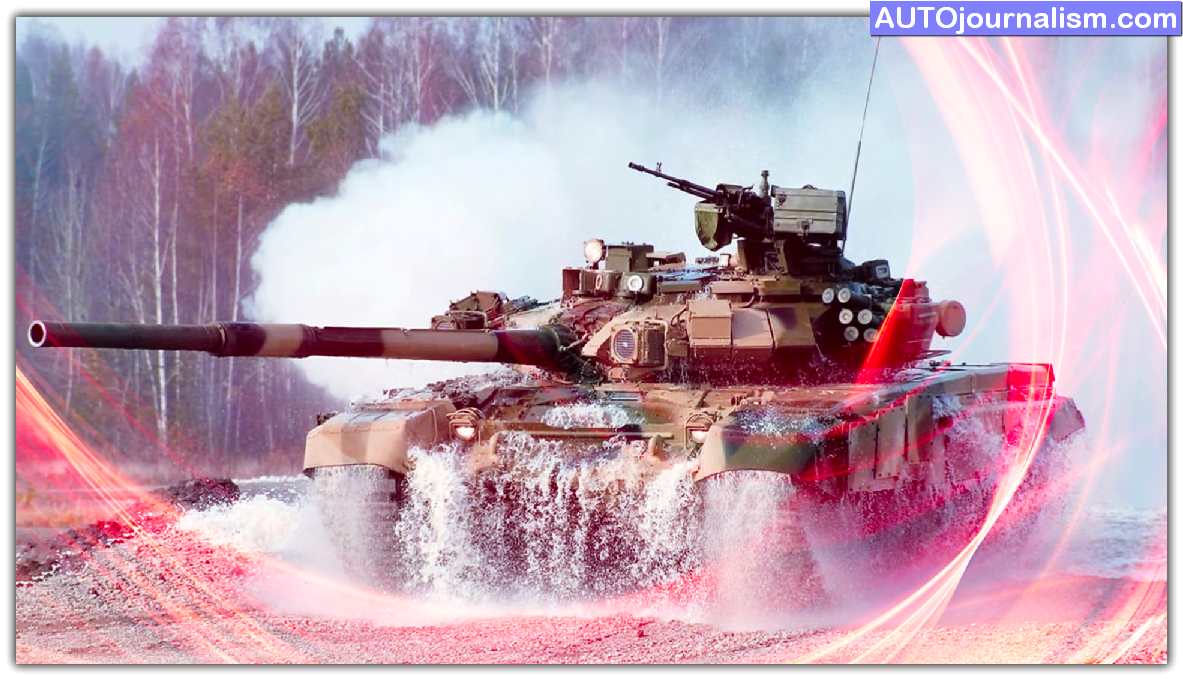

The second generation was equipped with NBC protection (only sometimes), night-vision devices, a stabilized main gun and at least a mechanical fire-control system. The first generation of main battle tanks was based on or influenced by designs of World War II, most notably the Soviet T-34. In 1973, Rolf Hilmes saw three tank generations and three "intermediate generations", which consisted mainly of upgraded vehicles. The military of the People's Republic of China also recognizes three generations of its own tanks. Soviet military planners organize tanks with the first generation of tanks up to 1950, and four generations of tanks (with the first main battle tank being the third-generation T-64), while American strategists organize main battle tanks into three generations. Main battle tanks are often classified as belonging to a particular generation, although the actual definition and membership in these generations are not defined.

The T-90 Main Battle Tank entered in service in 1992 with Russian Army.Currently it is the most commercially successful main battle tank on the global market. The T-90 Battle Tank comes with standard protective measures include a blend of steel and composite armour, smoke grenade dischargers, kontakt-5 explosive-reactive armour and the shtora infrared ATGM jamming system. The T-90 is considered to be among the 10 best main battle tank in the world. It is the most modern thank currently in service with the Russian Army. T-90 battle tank designed by Kartsev-Venediktov and manufactured by Uralbagonzavod, Heavy Vehicles Factory. The T-90 is a third generation Russian main battle tank.


 0 kommentar(er)
0 kommentar(er)
